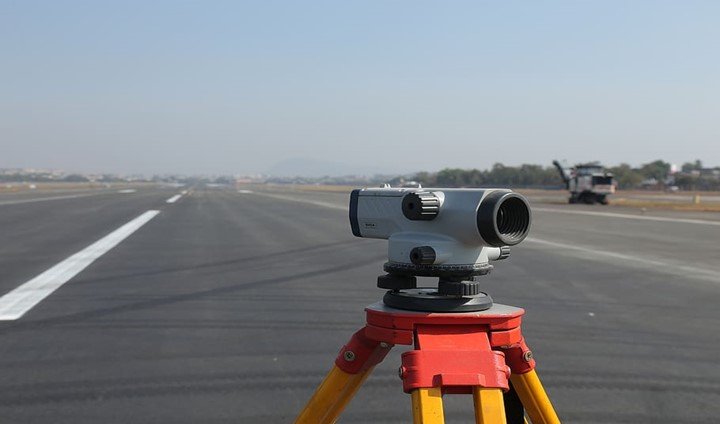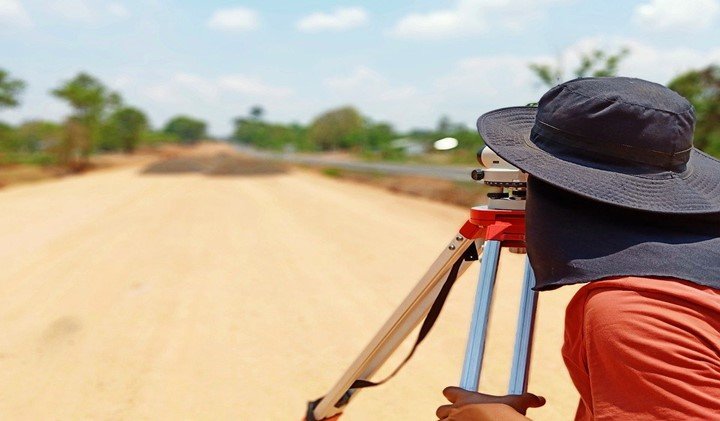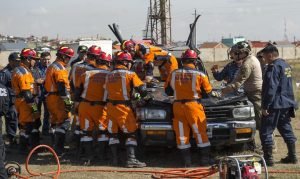Surveying is one of the fields that have taken advantage of GPS. It increases productivity as well as reliable and accurate data. Today, GPS has become a significant part of surveying activities in the world. Here are the top applications of GPS in surveying.
1. Supports accuracy
GPS provides high surveying accuracy when used by skilled professionals. Surveyors can get accuracy from features including mountains, rivers, buildings, streets, utility lines, and other resources. An organization that requires accurate information about location can use GPS to provide efficiency and productivity. Moreover, offshore oil rigs and bridge builders depend on GPS for accuracy.
2. Reduce labor
GPS-based data is faster unlike mapping techniques and conventional surveying. This reduces the labor and amount of tools required. One surveyor can finish objectives in a day that it would need a whole team to accomplish in weeks. Also, the reduction of labor helps to save costs.
3. Used in places with few references
GPS is vital in surveying places with less land-based references such as waterways and coasts. Survey vessels connect GPS positions to sonar depth soundings to create alert nautical charts. For this reason, mariners can change underwater hazards and water depths.
4. Effective calculations

Surveyors use GPS to find calculations faster. Also, the answers are of a high level of accuracy. You will be sure of working with correct measurement instead of the inaccurate number given by some workers.
5. Saves time
The technology industry has made wireless GPS. This can be used to communicate without stressing on the wire. Henceforth, communication is delivered faster and easier for another party.
6. Provide multiply information
GPS not only gives better performance and accuracy but also give multiply information. This improves surveying levels than the use of traditional geological technology.
7. Prevent repetition
GPS technology gives alerts on errors got from surveying like repetition. It improves efficiency hence results to increase in productivity.
8. Provide complete data
Surveying commercials have adapted the use of GPS to get data. It is put in the total station to give full survey data. The receivers used on the baseline are expensive and complex hence need a quality antenna.
9. Offer position
GPS determine longitude and latitude positions directly. Surveyors do not stress on measuring distances and angles in the middle of the points. However, it has not replaced surveying tools such as electronic distance meter and theodolite. Its use is restrictive on places next to tall buildings and trees.
10. Observations of Real-Time Kinetic

One receiver is placed on a known position than the other moves between positions. The position is computed and kept in a few seconds through radio links. Besides that, the procedure gives the same accuracy to measurements.
11. Ensures continuously operating stations
The GPS is installed permanently in location to serve as the starting point of GPS measurements. The GPS receivers collect data and combine with CORS to calculate positions.
12. Coordinate correction
GPS gives instant positions as well as links that coordinate correction to surveyors and workers.
13. Record observations
Static GPS shows accurate coordinates through recording observations found on known and unknown points. The data is processed to achieve coordinates with a high level of accuracy.



